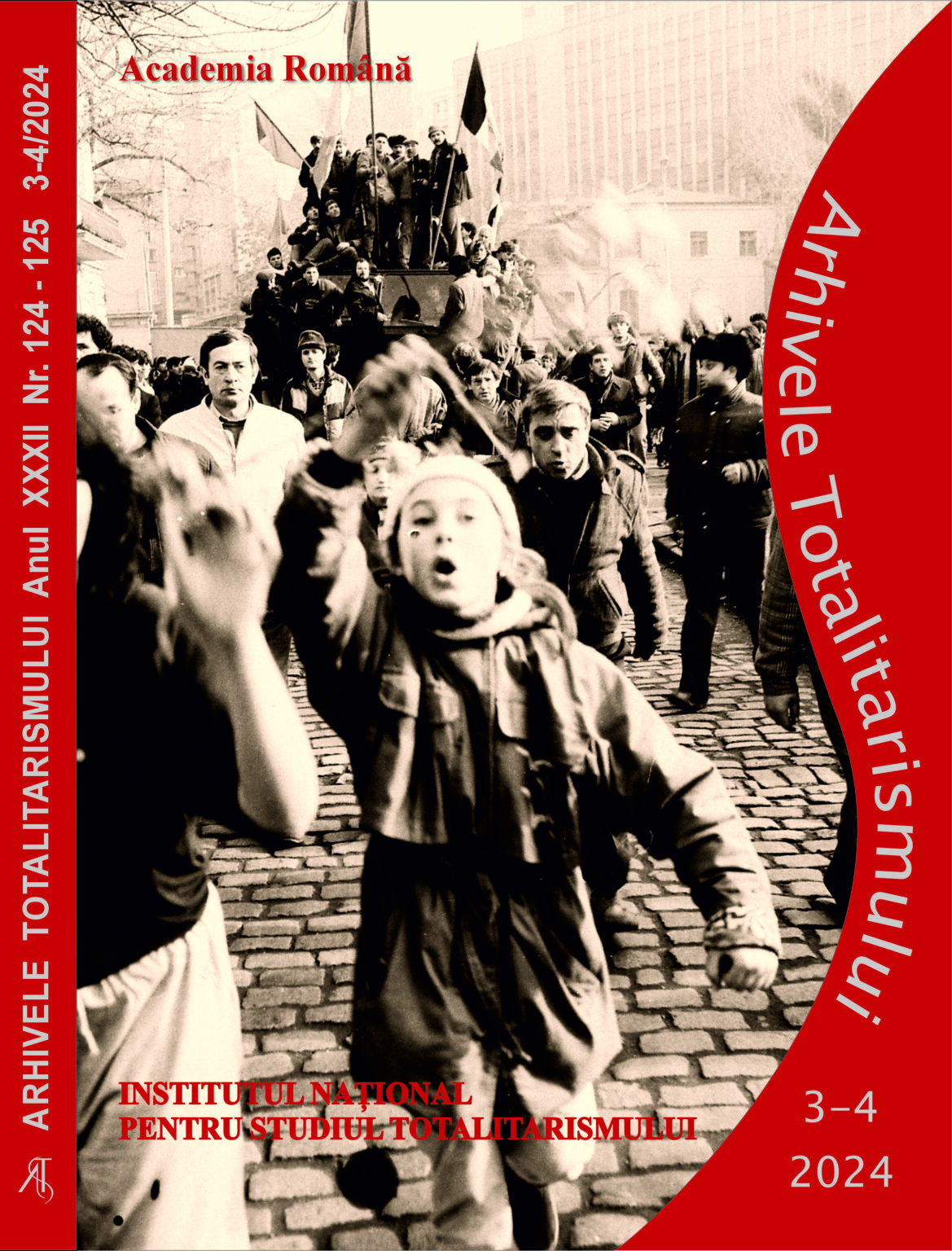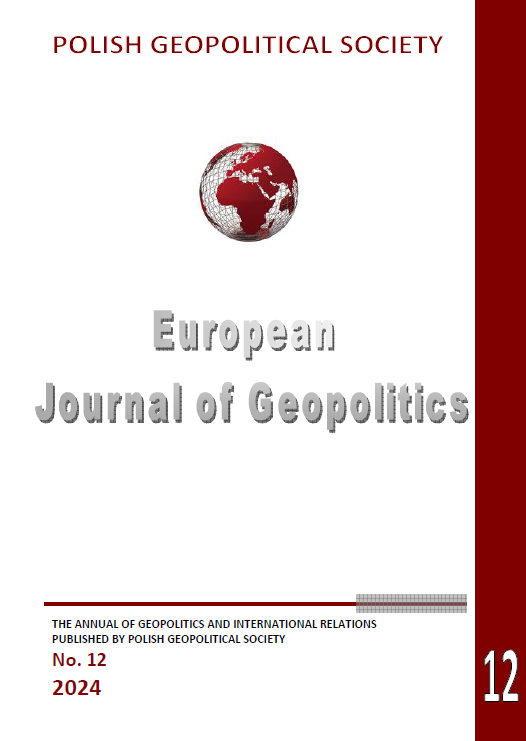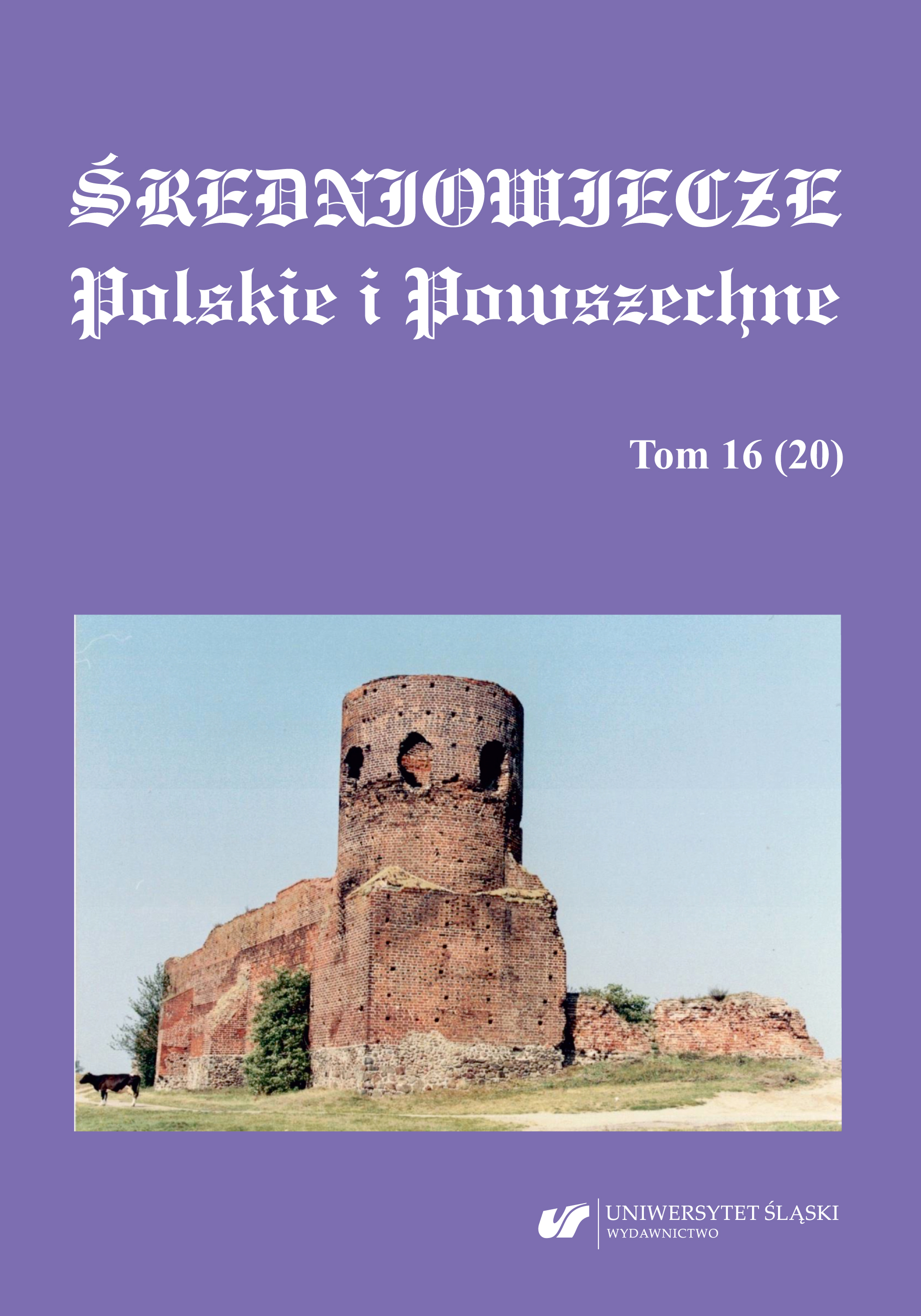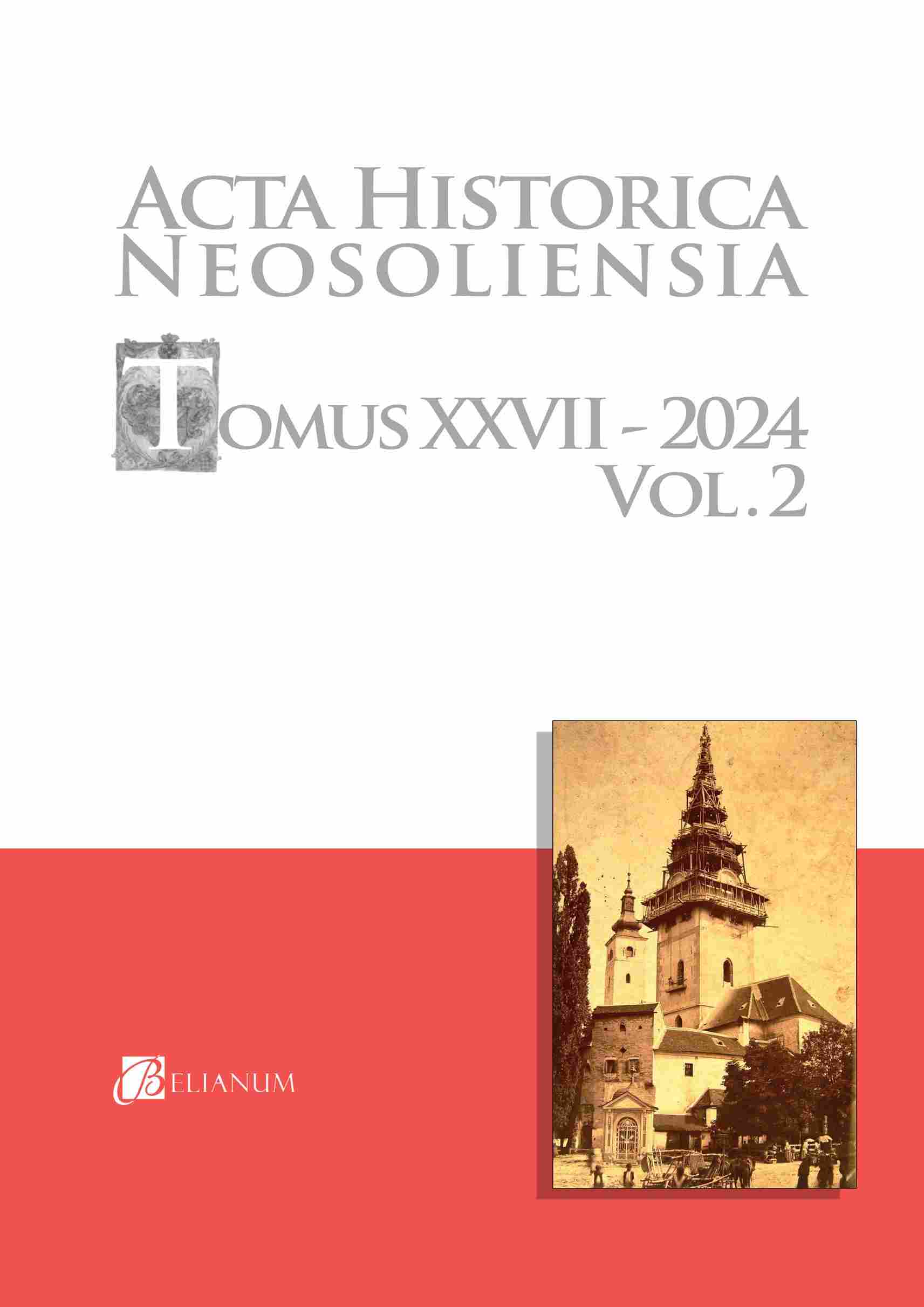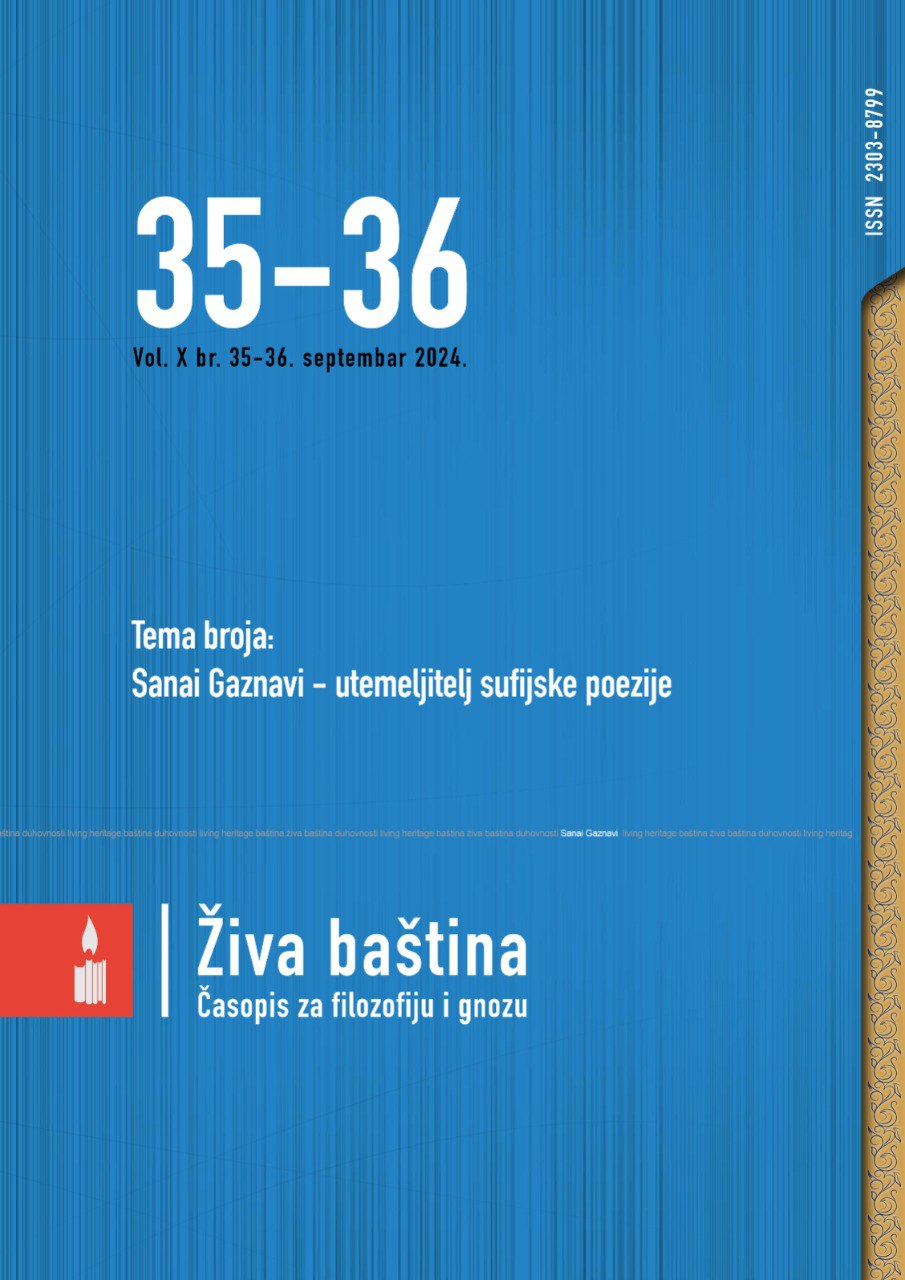Author(s): Zoltán Igor Komjáti / Language(s): English
Issue: 2/2024
The Hungarian social strata discontented with the economic, political and military reforms of the Habsburg Absolutism unleashed an uprising in 1670, which was almost right away eliminated by itself due to the inorganization, and the royal forces easily closed it down. The rebels (also known as “refugees” or “Kurucs”) went into exile before the retaliatory measures, settled in Transylvania and the Ottoman Occupied Territories, and forayed into Upper Hungary in every year from 1672 with the aim to establish a new and independent Hungarian state. But the Kurucian leaders entirely fell back upon the support and benevolence of Mihály Apafi, Prince of Transylvania, and the Pashas of the eastern part of the Ottoman Occupied Territories, moreover, they had no any qualified warlords, so they were not able to gain significant and permanent success until 1678. But one of the Kurucian leaders, Imre Thököly, adventured himself on an undertaking in September of 1678: counterplotting two Imperial armies, he launched a lightning-fast offensive from the Spiš County, passed through the Liptov, Orava and Turiec Counties, finally penetrated into the Trenčín County, moreover, he almost reached Bratislava and Moravia. Then he suddenly turned into south-eastward with his whole army, and in the course of a month, occupied each mining town in the Hron River territory, and seized several border castles with Imperial and loyal garrisons without any serious fight. Thököly moved and acted “as fast as the lightning”, and he totally amazed, terrified and made indecisive the commanders of the border castles having German and Hungarian loyal garrisons, as well as the aldermen of the mining towns, who rather preferred the voluntary submission and the abandonment of their posts than undertaking the desperate and forlorn resistance. But it can be stated that the success of Imre Thököly’s army in the autumn of 1678 was not exclusively caused by his ingenuity and captainship abilities glorified by the posterity, but his adversaries’ momentary shock, fright and confusion superabundantly contributed to it. Not only the serfdom and the lower-ranked social strata joined gladly to the Kurucs in the mining towns region, but under pressure, the members of magnate families. This was only a short time submission, because as soon as the Imperial troops approached to the mining towns from two directions, and Thököly was caught in the middle, every person contemporarily adhered to him, dropped away, and returned to the Emperor Leopold I’s allegiance. And Imre Thököly compelled to give up his every autumnal conquest, and slowly drew back to his point of departure, to Upper Hungary, and later to Transylvania. However, there was an achievement. With Imre Thököly’s appearance in the conduct of war in 1678, quantitative and qualitative changes came into existence in the history of the Kurucian movement: the military operations also spread to territories in Lower Hungary, the Kurucian manpower was significantly increased, and due to them, the movement also grew up to the “adulthood” of its diplomacy, as such a military power demonstrated by Thököly, expedited the Sovereign and his advisors to enter into discussion about armistice or peace treaty. The fact can be also stated that the Kurucian military action in the autumn of 1678 raised hope for those social strata which was expecting the continuation of the struggle with the Habsburg absolutism.
More...
